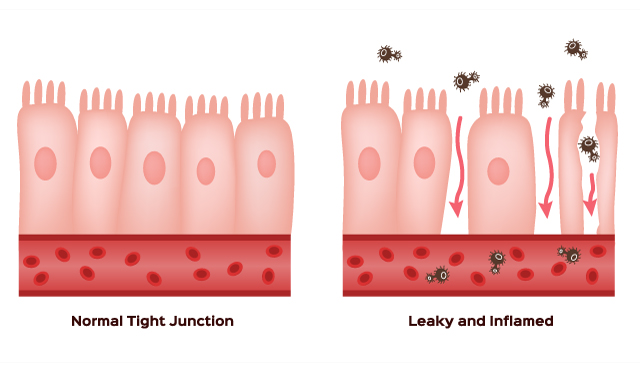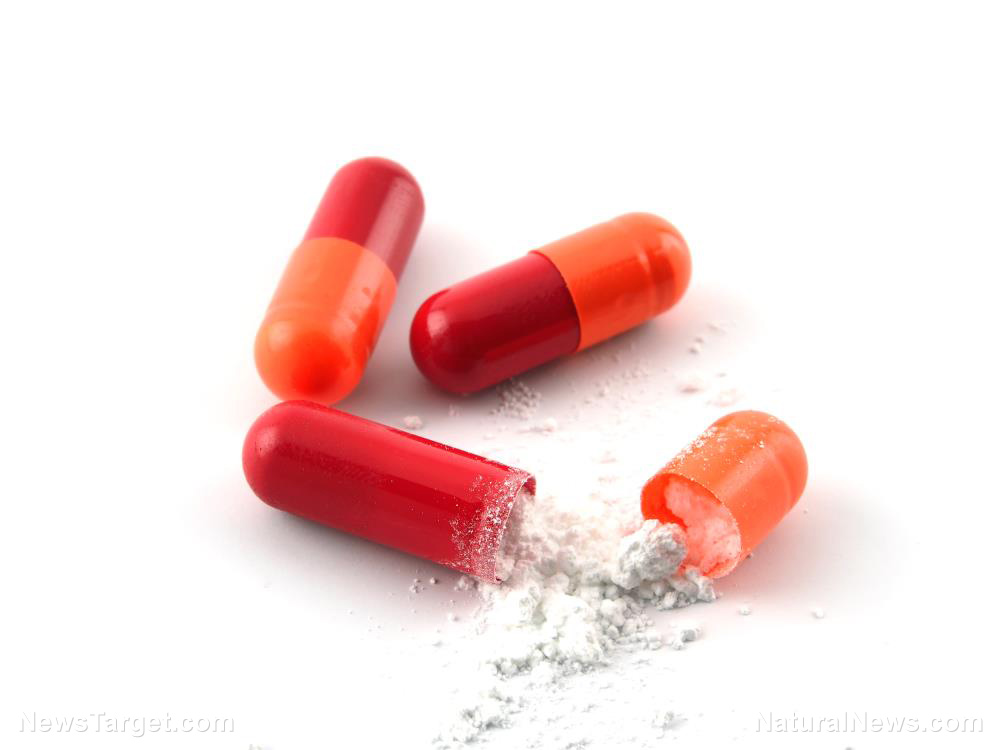Here’s an alarming fact: Over 90% of medications can trigger allergic reactions
08/05/2019 / By Isabelle Z.

When experiencing an allergic reaction, many people’s first thought is that it must be connected to something they ate. While it is true the food allergies are on the rise, there is another potential culprit that many people often overlook: medication.
One big reason many people fail to make the connection is because they aren’t aware that many medications contain inactive ingredients that can be problematic. In fact, a recent study carried out by Massachusetts researchers found that more than 90 percent of medications can trigger allergic reactions in people on account of their inactive ingredients.
Given their allergic potential, you might be wondering why manufacturers include these ingredients in their pills in the first place. Some are there to make your body absorb the drug more easily or stabilize the compound used to make it, while others are used to make a medication taste or look better.
The formulation of some drugs contains ingredients that have been derived from wheat products, which can be very problematic for people who are allergic to gluten. In fact, it was a person with Celiac disease’s serious reaction to the acid suppressant omeprazole that inspired the study in the first place.
The researchers found that 93 percent of all medications contain allergens such as lactose, peanut oil and dyes. Nearly every one of the pills studied contained ingredients that some people cannot tolerate, like lactose, while more than half also have FODMAP sugars that can cause digestive problems in those with issues like irritable bowel syndrome. For some types of drugs, there are few, if any, alternatives that don’t contain certain allergy-triggering inactive ingredients.
Allergic reactions to medications might include hives, breathing difficulty, or anaphylaxis, while those with intolerances might experience gastrointestinal symptoms.
Although not everyone has reason to worry, it’s important to always scrutinize the list of ingredients of whatever medications you’re taking. Doctors often make note of the active compound they’re prescribing and the dosage, but physicians and patients alike rarely pay much attention to the other ingredients the medication contains. These ingredients can vary significantly depending on the manufacturer. To illustrate the scope of this issue, the authors point out that 43 different pharmaceutical companies make 140 distinct formulations of the thyroid medication levothyroxine.
Be vigilant when it comes to the medications you take
A small amount of starch or lactose might not pose any danger to those who aren’t allergic, but for those who are, it can be enough to cause serious reaction. If you have a known allergy to one of these ingredients, it’s particularly important to be vigilant. Many times, the chemical names listed on the package do not make it obvious which contain allergens; always ask a doctor or pharmacist if you’re unsure.
The researchers report that more than half of most pills are made up of inactive ingredients, and in some cases, up to 99 percent of the pill is considered non-pharmaceutical. It is also important keep in mind that those who take multiple medications could be ingesting significant amounts of these seemingly harmless inactive ingredients. For example, researchers say that a patient who takes 10 prescription medications per day ingests 2.8 grams of inactive ingredients on average.
The researchers are calling for new regulations that would require manufacturers to list more detailed information on the inactive ingredients in their pills. They’d also like to see “free-from” versions of drugs created for those who have intolerances and allergies.
Whether you have allergies and intolerances or not, it’s essential to know what you’re putting into your body, especially when it comes to prescriptions. Always research all of the ingredients in the medications you’re taking, and be sure to check whether natural alternatives are a viable option.
Sources for this article include:
Tagged Under: allergic reactions, allergies, disease causes, health freedom, inactive ingredients, lactose intolerance, medication, pills, Prescription drugs, side effects, toxic ingredients
RECENT NEWS & ARTICLES
PharmaceuticalFraud.com is a fact-based public education website published by Pharmaceutical Fraud Features, LLC.
All content copyright © 2018 by Pharmaceutical Fraud Features, LLC.
Contact Us with Tips or Corrections
All trademarks, registered trademarks and servicemarks mentioned on this site are the property of their respective owners.


















